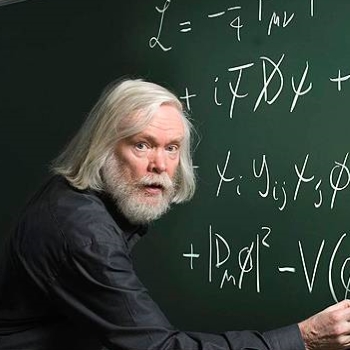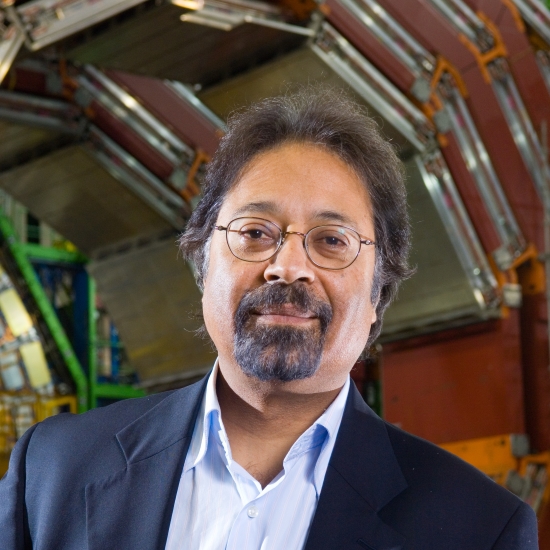Links to external sources may no longer work as intended. The content may not represent the latest thinking in this area or the Society’s current position on the topic.
Exploiting the Higgs breakthrough
Satellite meeting organised by Professor John Ellis CBE FRS, Professor Tejinder Virdee FRS and Professor David Charlton
Event details
Strategies for exploiting the breakthrough in particle physics opened up by the apparent discovery of a Higgs boson at the LHC will be discussed. These will include more detailed studies of the Higgs boson at the LHC itself, in both high-luminosity and high-energy incarnations, and other possible future accelerators such as electron-positron colliders, a gamma-gamma collider and a muon collider.
Biographies of the key contributors are available below. Recorded audio of the presentations will be available on this page shortly after the event.
Attending this event
This is a residential conference, which allows for increased discussion and networking. It is free to attend, however participants need to cover their accommodation and catering costs if required.
Places are limited, therefore pre-registration is essential. Please either:
- Register with accommodation and full catering (limited availability) OR
- Register without accommodation (lunch and dinner are option)
Enquiries: Contact the events team
Participants are also encouraged to attend the related scientific discussion meeting which immediately precedes this event.



